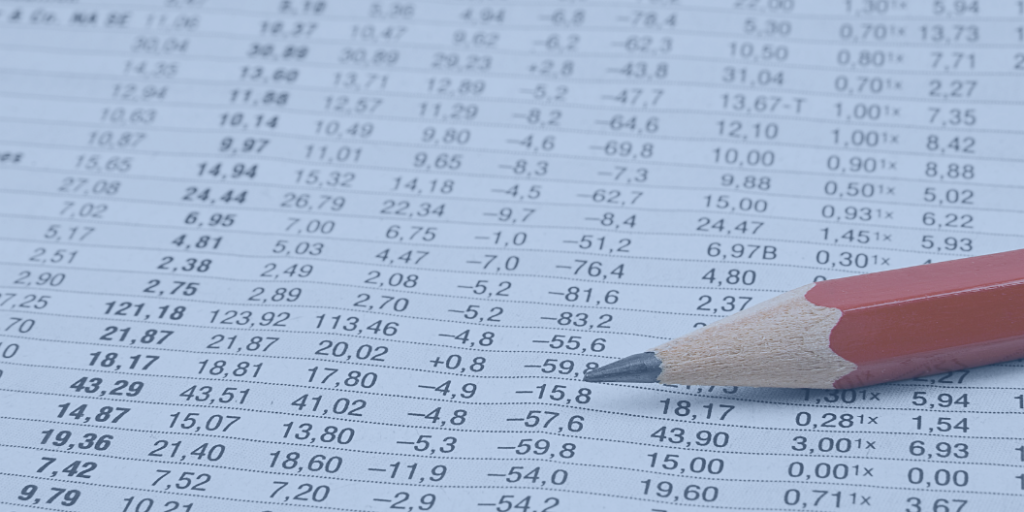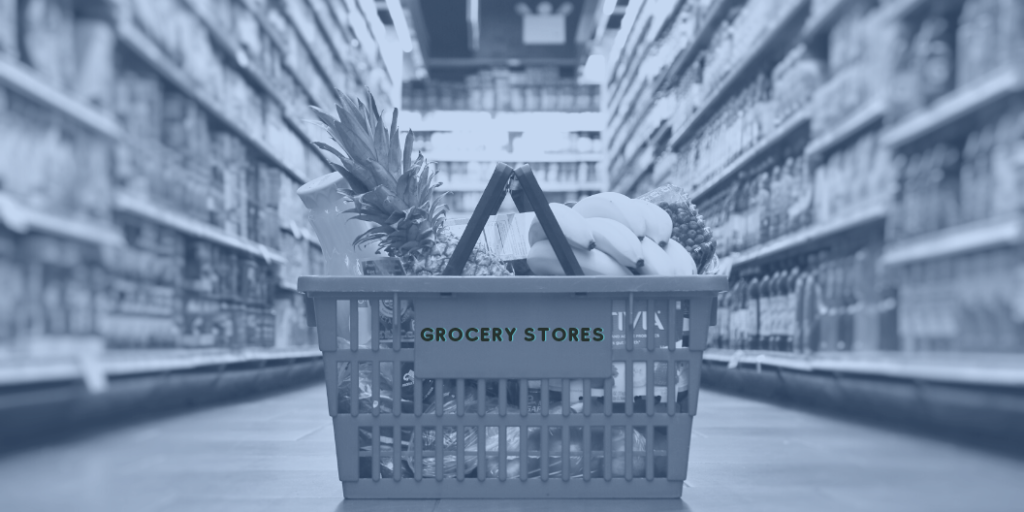Pricing as a Tool
For most businesses, a price is simply a way to sell a product. It can be manipulated to increase or decrease profits and sales, or used as a promotional tool to undersell the competition. It can help reduce inventory that’s expiring or taking up too much warehouse space, or foster an aura of exclusivity. It’s pretty straightforward, and it’s the way most businesses sell everything from electronic equipment to cars.
But there are some businesses that use pricing in an entirely different way. Sales for these businesses are not the goal. Instead, price is a tool used in order to accomplish a completely independent objective.
Pricing to Limit Traffic Congestion
were outraged by the high cost of driving into Washington D.C., Virginia transit officials noted that the pricing worked exactly as designed. From 5:30 AM – 9:30 AM, the time period when dynamic pricing went into effect, traffic moved at an average of 54 MPH, significantly faster than the 37 MPH it had moved during the same time period the year before.
Dynamic pricing on roads is appearing in at least ten states, including California, Colorado, and Florida. As traffic and demand increases, so does the price. In Virginia, the rising price reduces congestion on the road in two ways. First, it encourages carpooling – and fewer cars on the road – by not charging cars that have at least two passengers. Second, the higher price limits the people on the road during peak times.
Pricing to Ensure Availability
Surge pricing is a technique used by companies like Uber to ensure that there are available taxis in an area for anyone who needs one. As demand increases in an area, the Uber app alerts riders that surge pricing is in effect. While some consumers choose to wait for the surge pricing to end, the higher priced taxis mean that taxis are always available to someone who needs the ride.
The Value of Market Pricing
Certainly, both surge pricing in taxis and dynamically priced toll roads generate higher profit levels. However, the increased profit is simply an ancillary benefit to the actual goal that the pricing policy is trying to manipulate. The true goal in both cases is to find a balance between supply and demand, by using price to ensure that the service is available to anyone who needs it.









